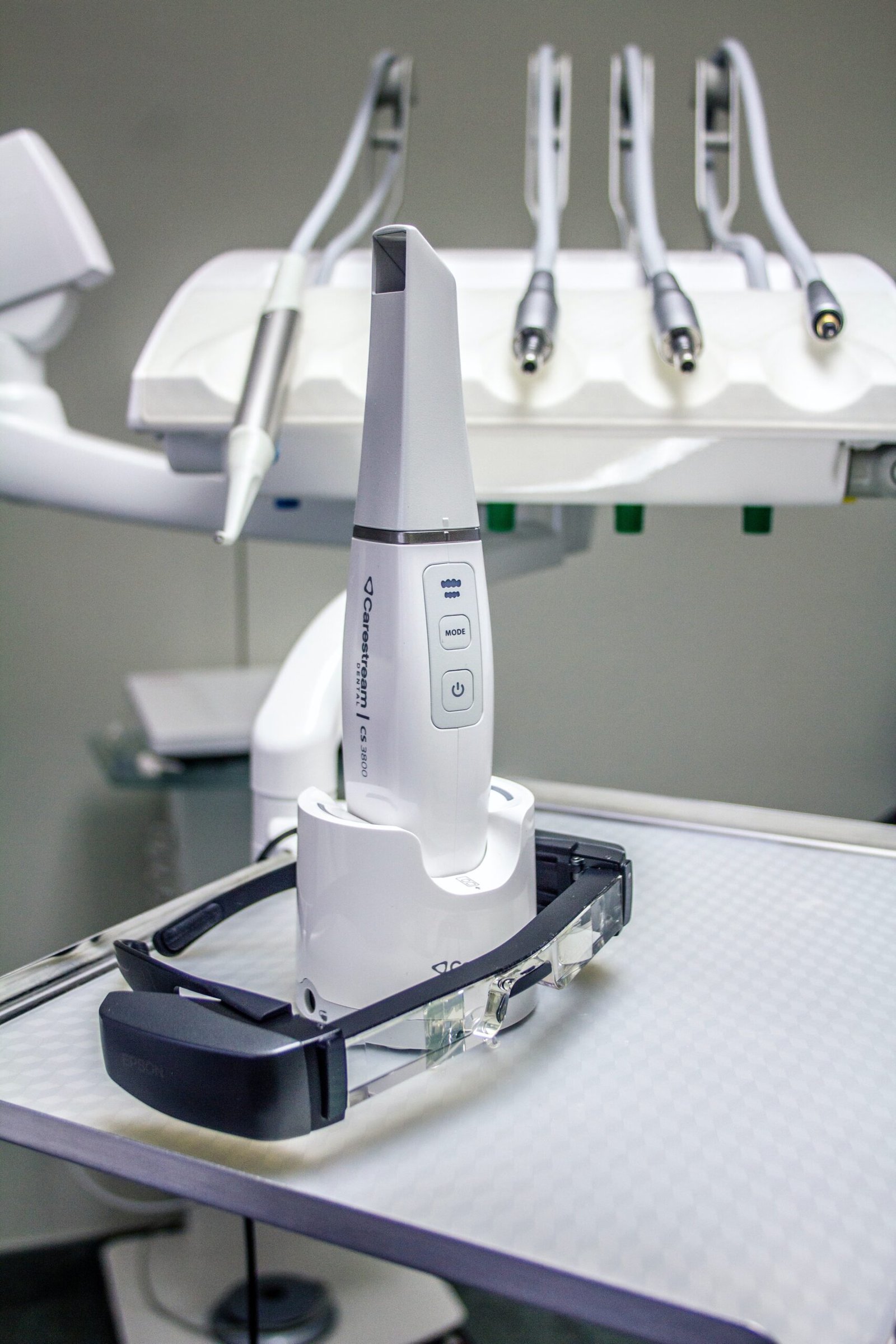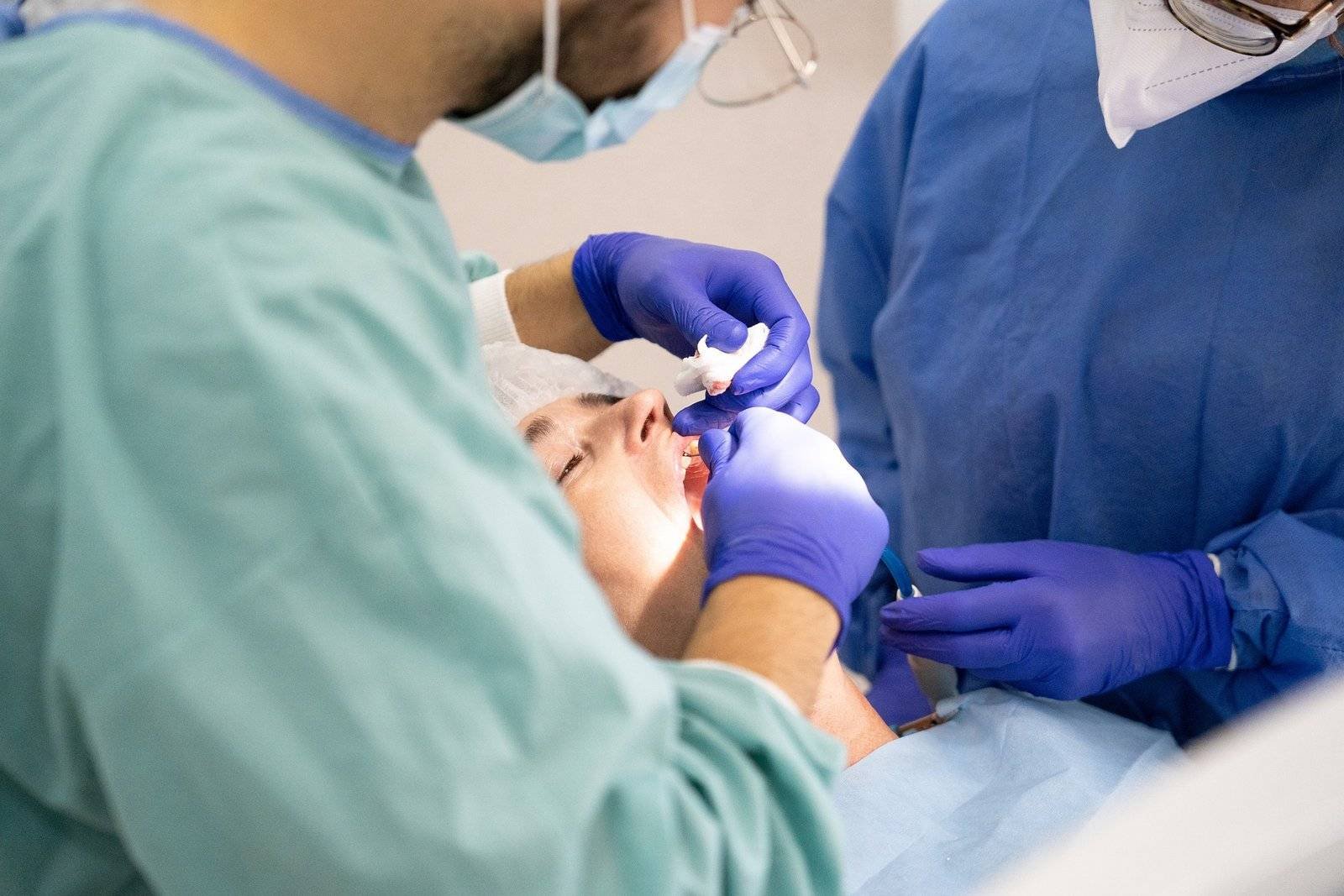
A growing area of computer science called artificial intelligence has produced intelligent, human-like machines. These computers can master intricate subjects in numerous disciplines. It has the capacity to recognize, analyze, and even resolve issues on its own.
AI has impacted our lives in various ways, from self-driving cars to virtual assistants like Siri and Alexa. Dental AI is one such futuristic invention. Dental AI has taken numerous forms to assist dentists in providing accurate treatments. It detects tooth deterioration, generates personalized treatment plans for each patient, and saves time. Compared to manual inspections, AI systems can identify a problem in just a fraction of a second.
The CNN AI model could categorize tooth decay accurately, according to a study published in The Journal of Dental Research. In 2,417 single-tooth radiographs, this model was examined, and it identified the presence of decay 92.5% of the time. However, the use of artificial intelligence in medicine is not new. It’s used to categorize skin lesions, make a 96% accurate breast cancer diagnosis, and much more.
AI helps medical professionals at every stage of patient care. Personalized care plans can now be created by clinicians thanks to machine learning. They can deliver better care while saving time and resources by predicting how patients who are receiving a certain treatment will react. It demonstrates how a doctor’s job can be significantly facilitated by checking in with their robot aid. We’ll talk about how artificial intelligence is used in dentistry in this article. We will delve deeper into its past, present ramifications, and exciting prospects.
History of Dental AI: How old is it?
AI is not a new concept, despite the fact that it is currently a popular topic. Since 1950, there has been talk of building a machine that can think for itself. Alan Turing investigated the concept of artificial intelligence in the years following World War II. He wrote a 36-page study titled “Computing Machinery and Intelligence” about computer intelligence. His contribution turned out to be the cornerstone of contemporary computing. He also suggested the “Turing Test,” which is now widely used.
The ability of computers to simulate human behaviors was first demonstrated in this test. John McCarthy first used the term “Artificial Intelligence” six years later. Language Symbolic Computation (LISP), the first programming language ever, was created by McCarthy. This idea set the path for the later development of thousands of fascinating technologies. AI entered the field of dentistry through prosthodontics.
This area of dentistry focuses on creating artificial models to replace lost teeth and jaw structures. Computer-aided models (CAM) were used by scientists in the 1990s to create computer-based models of human teeth. By analyzing a person’s remaining teeth and their preferences, CAM might produce 3D models of dental crowns. The painstaking process of casting prostheses might therefore be sped up and made easier by printing these models. The first time dental radiographs and pictures were analyzed by machine learning to check for tooth decay was in 2007.
After training on a sufficient number of datasets, computers outperformed human specialists at reading radiographs and spotting dental anomalies. Machine learning algorithms have since gained popularity in the dental industry. Today, they are employed in the analysis of X-rays and CBCT, the detection of periodontal disorders, the prediction of treatment results, and even the diagnosis of oral cancer.
Capabilities of AI today: What can it do?
Robert Felila, who founded the American Dental Association, claims “Dentists work as radiologists, surgeons, entrepreneurs, and more. There is so much promise for space if AI can assist them in doing all this better. Intelligent computers are used in modern dental offices to help with numerous aspects of patient treatment. These machines are significantly more precise and productive than people. They don’t require breaks or grow bored when working all day. They can interpret complex radiographs in a matter of seconds. AI has significantly decreased the incidence of incorrect diagnoses and dissatisfied patients because of its capacity to effectively diagnose oral health concerns and offer accurate results in seconds. Here are a few ways that dental AI is altering the industry.
Detection of tooth decay
In kids and teenagers, dental caries is a rather prevalent condition. About half of the world’s population is impacted by it. The keys to reducing tooth loss include early dental caries detection and rapid treatment. Dental professionals used to use a microscope to check for dental cavities before AI became their greatest buddy. This manual process was painful and frequently overlooked sick parts of the teeth that were concealed. With the evolution of CAD software and the rise of AI, it is now possible to identify which teeth are impacted solely by looking at photographs. The AI technology examines X-rays at a pixel level as opposed to the naked eye. The ability of AI to detect dental decay is increased by this microscopic perspective on details. Dental X-rays, CBCT scans, and MRI images can all be interpreted by CAD software. It identifies prospective sites for cavities, bone loss, and other diseases that a physical examination may overlook. No more excruciating dental appointments!
Detection of oral and maxillofacial pathology
AI prediction techniques can determine whether a lesion in your mouth has the potential to develop into cancer. AI tools are now a promising aid for doctors in categorizing diseases and predicting their progress, thanks to machine learning. Recent studies evaluated the capability of qualified dentists and dental AI in the detection of head and neck malignancies. AI discovered malignancies with an 81% accuracy that took professionals 23 minutes to find, but just in 38.7 seconds! The study came to the conclusion that machine learning algorithms could enhance the precision and effectiveness of oral cancer detection and serve as an important diagnostic tool in clinical practice
Uses of Dental AI in Orthodontics
The ability to straighten your teeth without going to an orthodontist’s office is unimaginable. Now that AI has advanced, it is achievable. Orthodontics is already being transformed by AI, and the outcomes are nothing short of amazing. Cephalometric and panoramic X-ray reading has long been a strong suit of machine learning software. Examining a radiograph can identify the misalignment of teeth and anomalies in jaw structures. Using cutting-edge AI technology, dentists can now create very precise and personalized braces and aligners. Innovative software like Dental Monitoring Tools was made possible by recent advancements in AI. Doctors can remotely track the development of their patient’s treatment with the use of DM. You no longer have to go to the dentist every 4-6 weeks.
Uses of Dental AI in Prosthodontics
Dentists can now make custom prostheses that are constructed to the patient’s specifications using CAM/CAD models. These models take into account a person’s ethnicity, facial characteristics, and needs. It determines the size and shape of the printed-out prosthetic teeth, gums, and bridges based on the provided information. By eliminating the requirement for manual casting processes, AI models have cut human error rates by over 100%. Dentists can now create precise prostheses, test the models with older citizens, and rapidly provide patients with them.
Limitations of Dental AI
Can produce inaccurate results
While deep learning algorithms complete jobs with less effort and time, some shortcomings necessitate close monitoring. AI is typically rapid and sophisticated, but it has a much higher likelihood of giving incorrect results. Deep learning algorithms are capable of learning from errors. It takes a lot of data sets and is a slow process to process knowledge. Therefore, depending only on a computer won’t be an option in the near future.
Susceptible to security risk
When employing AI tools to access data, cyber security is of the utmost importance. Regarding the storage and access of patient data, there are stringent regulations. Giving AI access to someone’s health details would be a privacy violation.
Can produce unemployment
Less experienced dentists would be required to treat oral diseases as a result of Dental AI’s improved diagnostic capabilities. There will be fewer doctors, but they will make more confident decisions and accurate diagnoses.
Future of Dental AI: Will it take my job?
The world will soon be modernized by artificial intelligence, not simply in the realm of dentistry. AI is superior to humanity in many ways, including its unmatched consistency and ability to diagnose ailments more quickly than dentists. We can check for dental decay, spot infections at the end of tooth and bone levels, and even predict what would happen if we chose a specific course of treatment using AI-powered technologies. But would it be a good idea to replace dentists? The majority of patients, according to a survey, were not pleased when AI placed robotic hands inside their lips. Others claimed that when it came to their health, they couldn’t trust computers.
No artificial intelligence (AI) will ever be able to reproduce human traits like empathy, creativity, and the ability to accept ambiguity. Treating medical conditions is not one of AI’s million benefits. Dentistry is a psychomotor craft that requires deft hands to conduct. Years of practice and arduous labor are necessary to succeed in this line of business. Doctors’ treatment plans are made more confident with the aid of AI. It gives them the chance to know for sure that they are acting morally.
Therefore, if you work as a dentist, you may rest easy knowing that no one will be replacing you. In the end, competition between people and machines is unnecessary. Dental AI has a lot of potential for identifying and treating dental problems. Additionally, it can carry out administrative duties and lessen dentists’ total workload. AI is already used to analyze radiographs, suggest appropriate therapies, and identify diseases before they manifest.
AI has made dentists’ jobs more bearable and less chaotic, however, it’s unlikely that it will ever completely replace them. In order to free up clinicians’ time to concentrate on treating patients, it automates administrative processes, data analyses, and guesswork. The bottom line is that dentists everywhere will successfully be able to increase the quality of service and create more successful treatment plans by utilizing machine learning algorithms!
- Tags :
- artificial intelligence
- dentist



